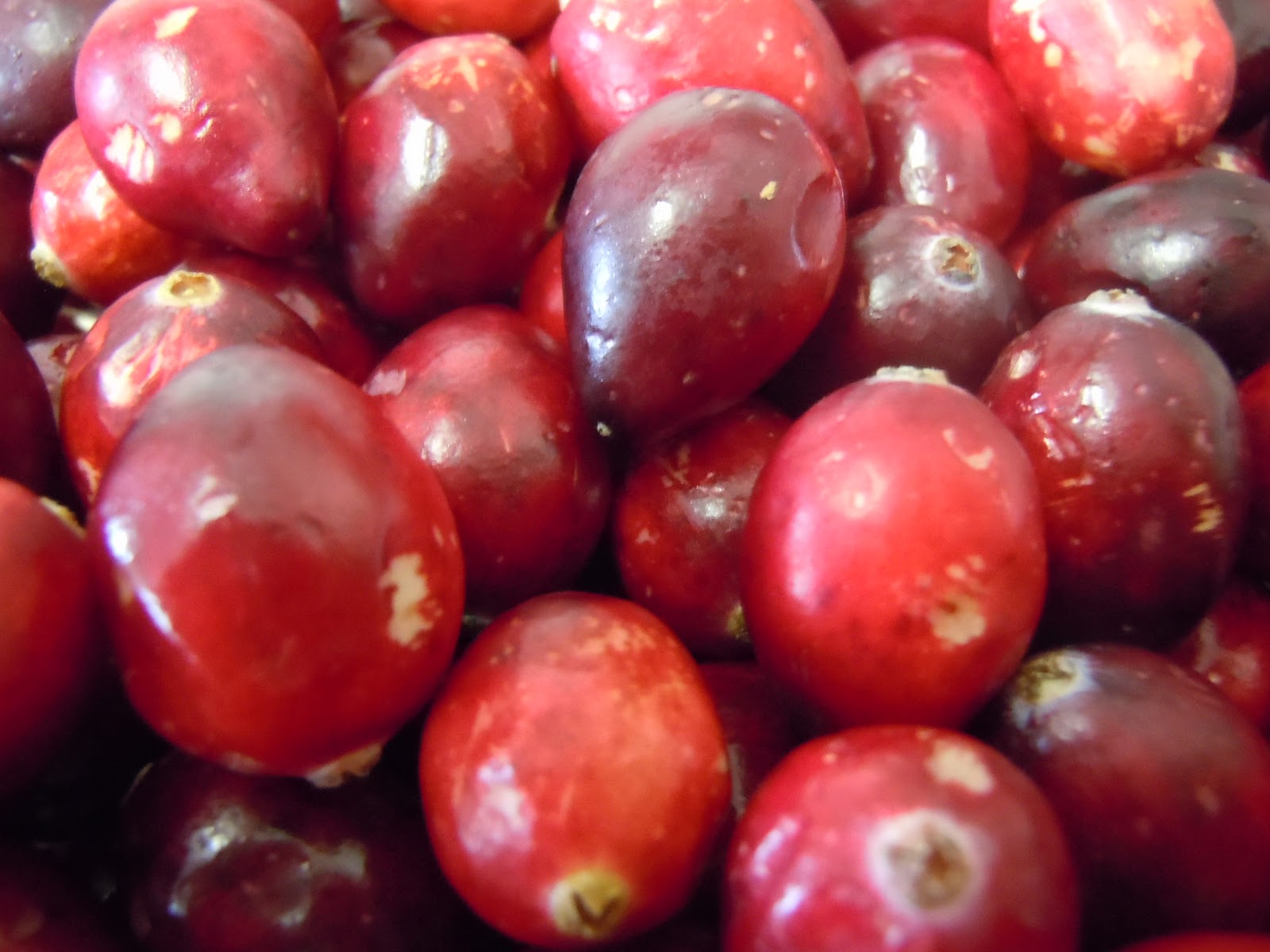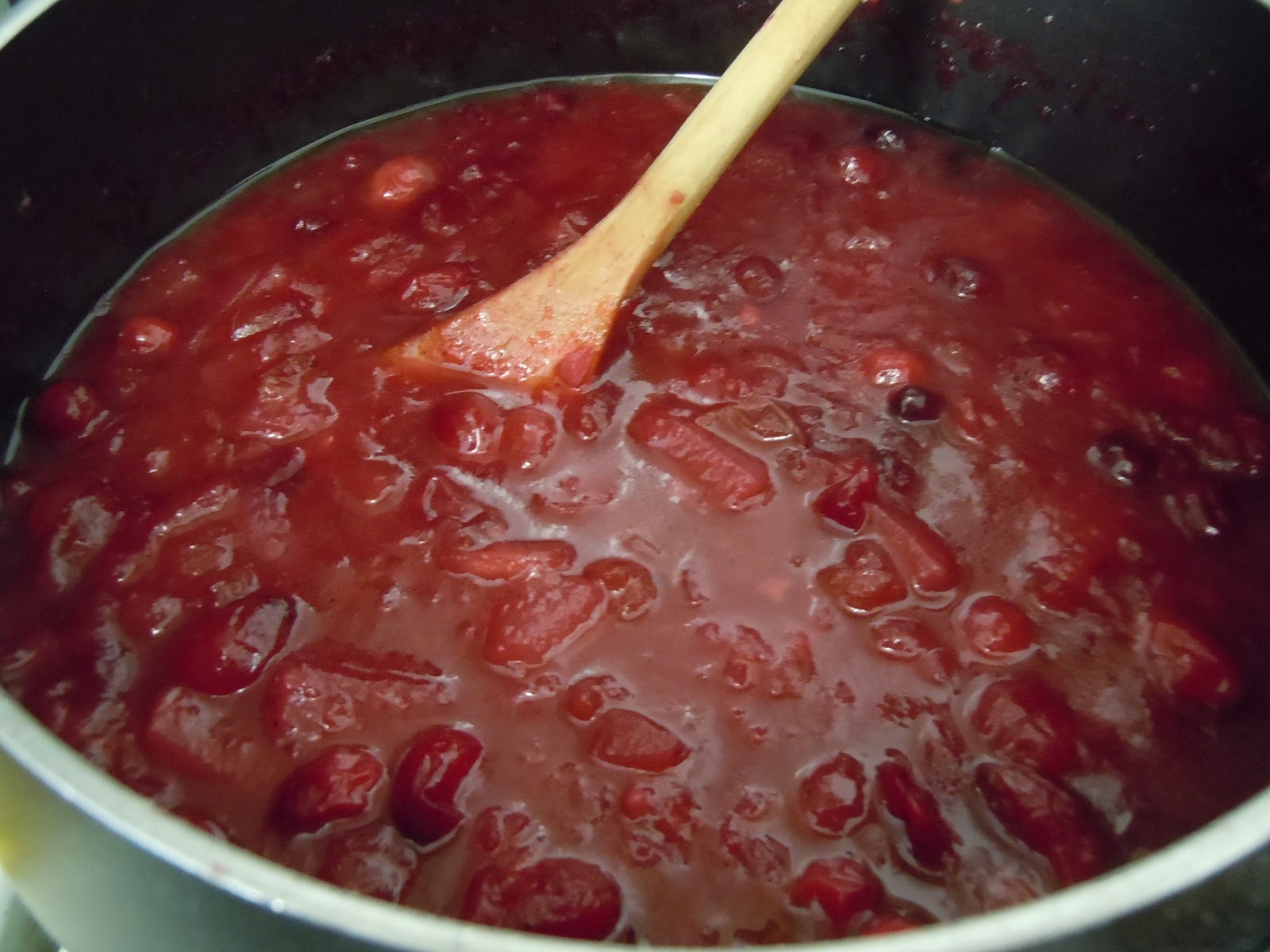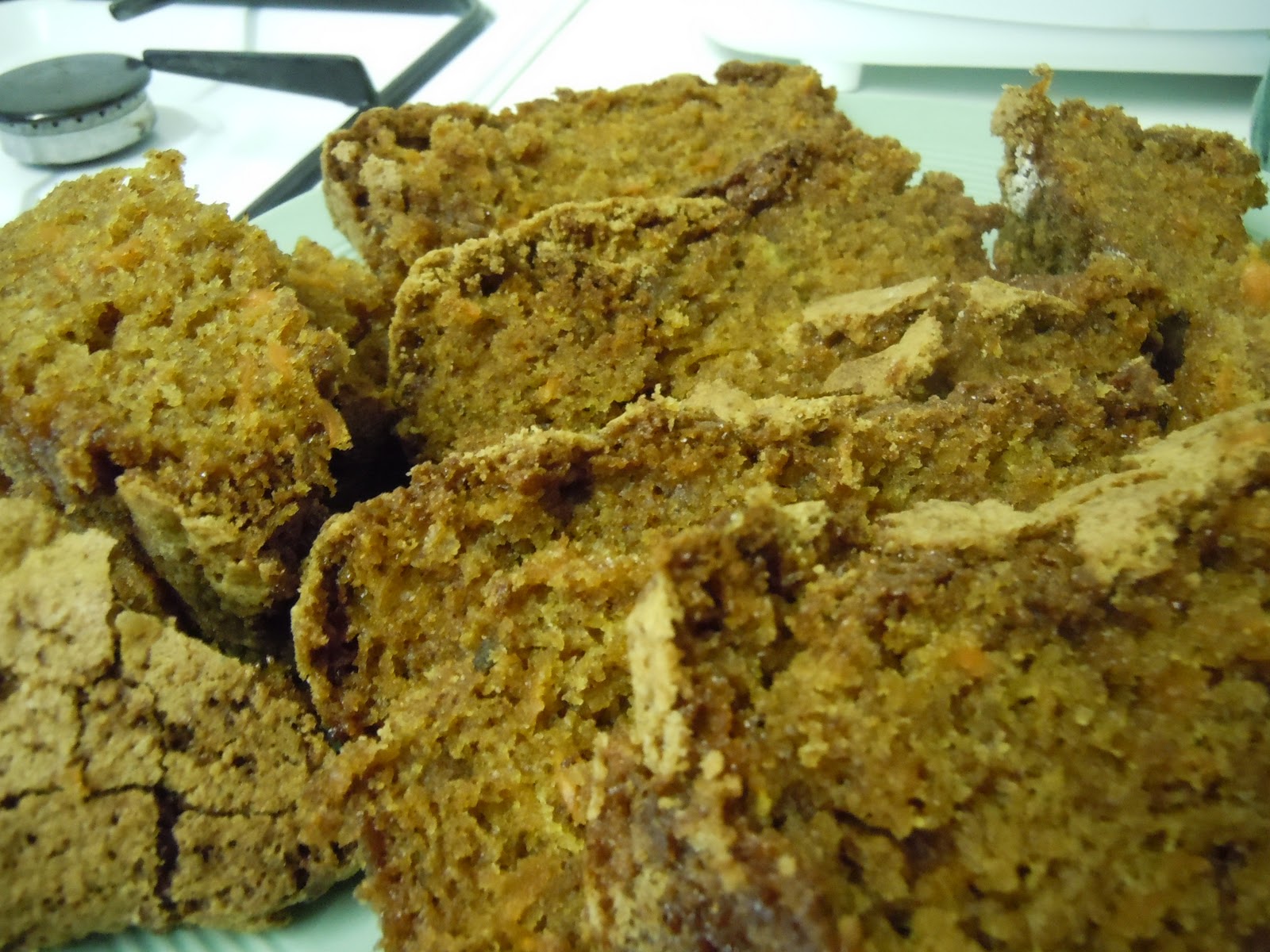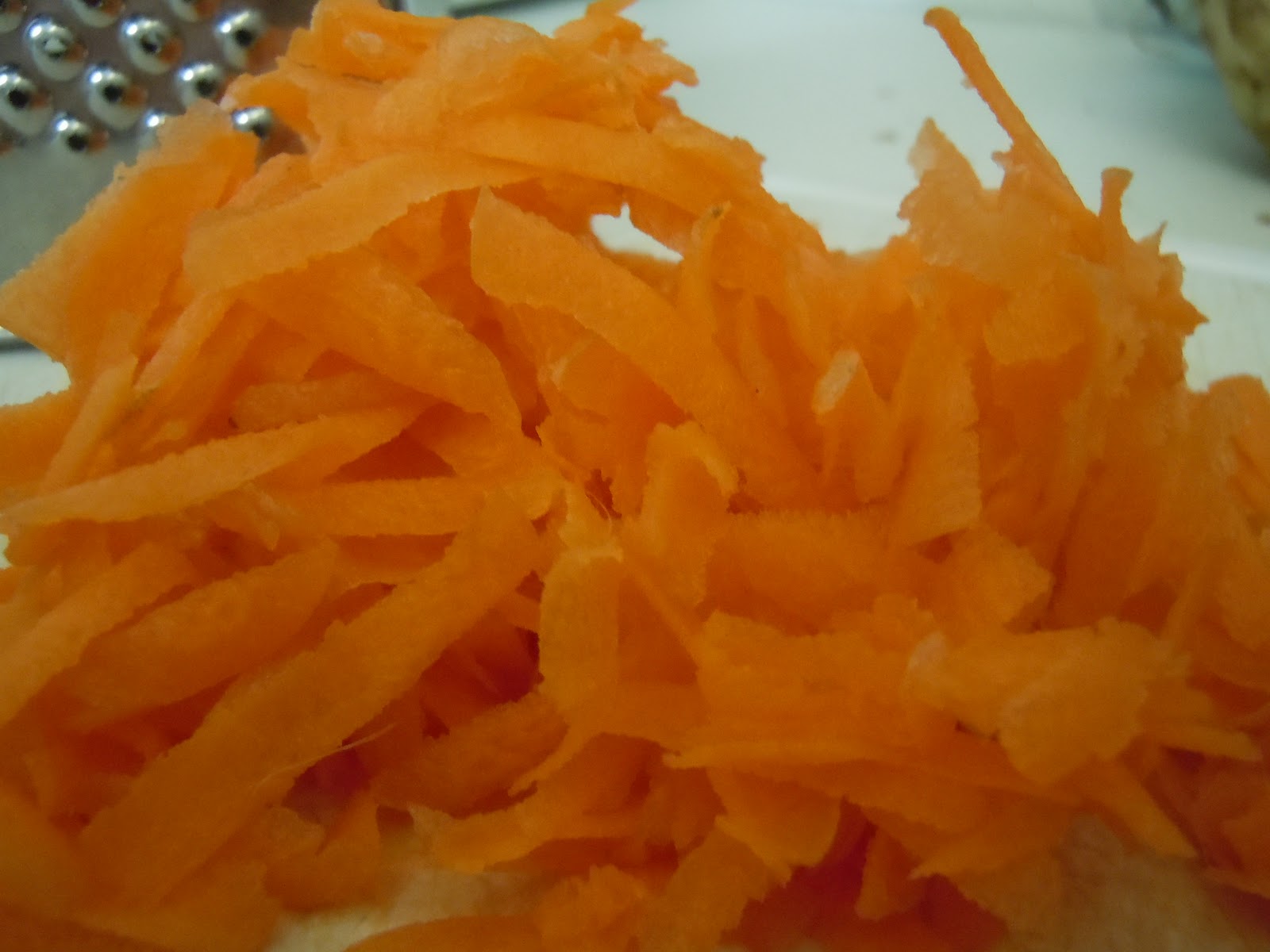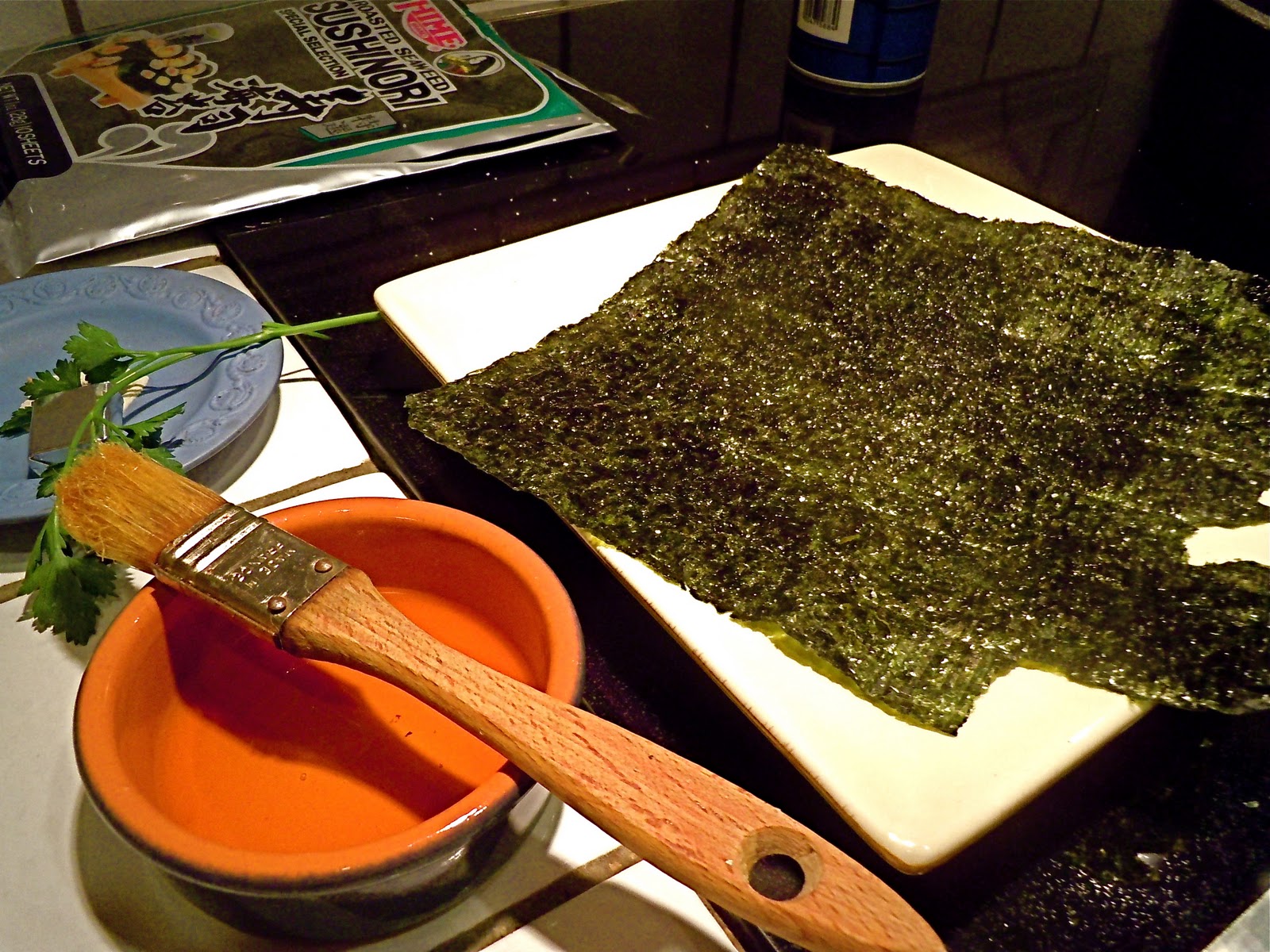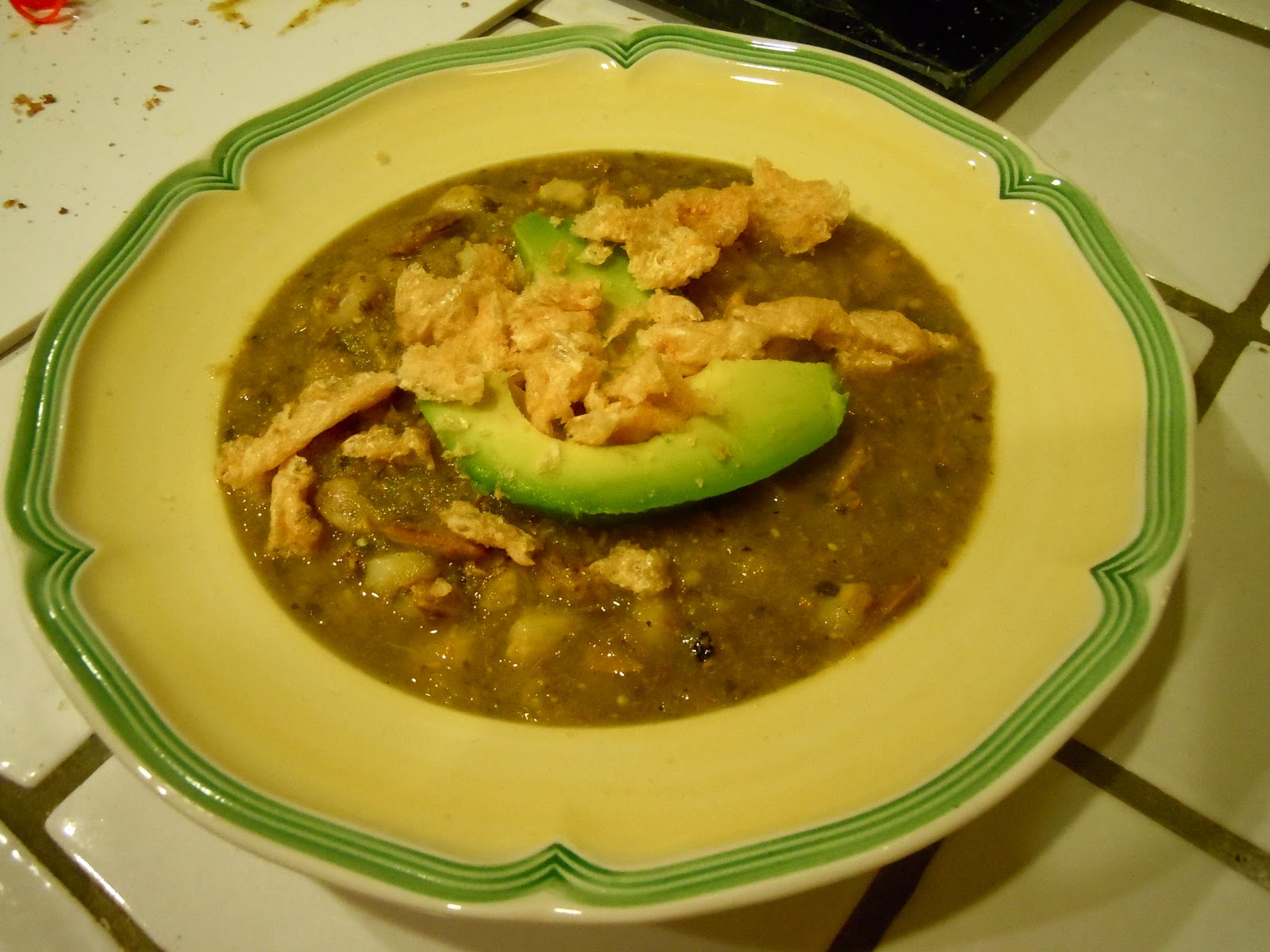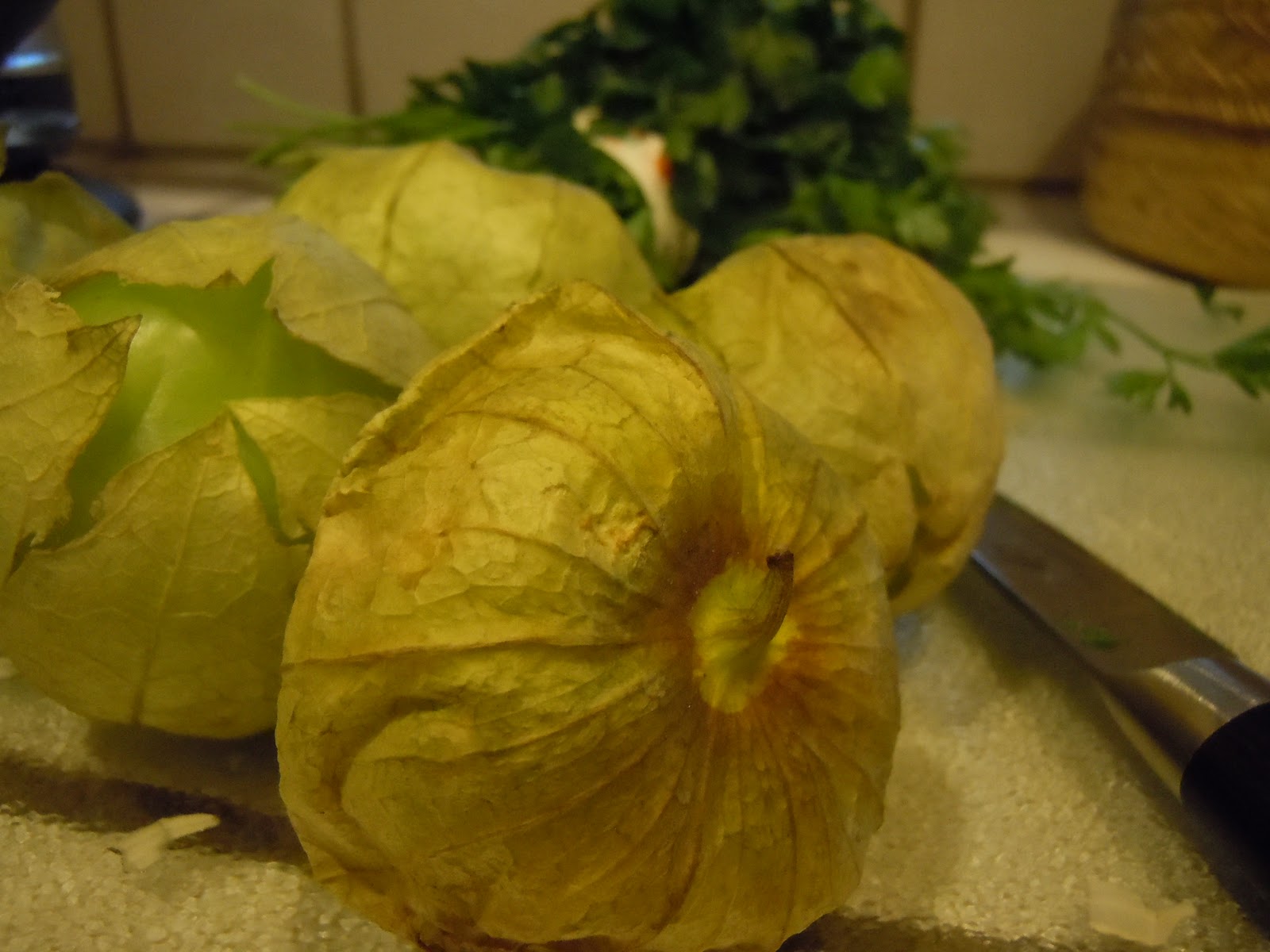Cranberry sauce. You can't have Thanksgiving without it. Although a (small) part of me holds a fond remembrance for the canned sauce (you know, the one that held the "can" shape), there is something true and good about making your own. And thankfully, unlike pumpkin, England embraces the cranberry (as they also feature cranberry sauce as part of their traditional Christmas meal) which makes it relatively easy to find in the markets around this time of year.
Along these lines though, I can't help but yield to the experimentalist when it comes to cranberry sauce. Every food website even marginally connected with the US right now features at least 10 recipes for varieties on the sauce. Thick, thin, spicy, sweet, you can find almost any ingredient or style you could imagine. After spending way too many hours on the internet scrolling through versions of the "world's best cranberry sauce", I ended up going with the recipe found in my ancient copy of the Thanksgiving 2009 issue of Food & Wine. This was perhaps the last physical copy of a recipe magazine I ever purchased, but it has proved its use for two years now and I can't fault it yet. Although I would never make a quince cranberry sauce in the US (good luck trying to find them in Arizona), England also seems to be busting out all over with the fruits currently, making tracking down ingredients a cinch. It did make an absolute vat-full of sauce however, so if you're NOT planning on feeding 30 people at your next Thanksgiving, you might want to think about halving the recipe.
Time: 1 hour
Makes: 6 cups
 Ingredients
Ingredients
1 tbsp. canola oil
1 small onion, minced
2 tbsp. minced fresh ginger
1 garlic clove, minced
1/2 teaspoon ground allspice
1 star anise pod
1 1/2 cups sugar
1 cup cider vinegar
3 quinces (8 ounces each), peeled, cored, and finely diced
1 Granny Smith apple: peeled, cored, and finely diced
1 12-ounce bag fresh/frozen cranberries (or 340 grams)
1/2 cup golden raisins
Method
In a large saucepan, heat the oil. Add the onion, ginger, garlic, allspice, and star anise and cook over moderate heat, stirring, until the onion is softened, about 5 minutes.
Add the sugar, vinegar, and 1 cup of water and bring to a simmer. Add the quince, apple, cranberries, and raisins and cook over low heat, stirring occasionally, until thick and jammy, about 25 minutes.
Discard the star anise. Serve the chutney warm or chilled.

